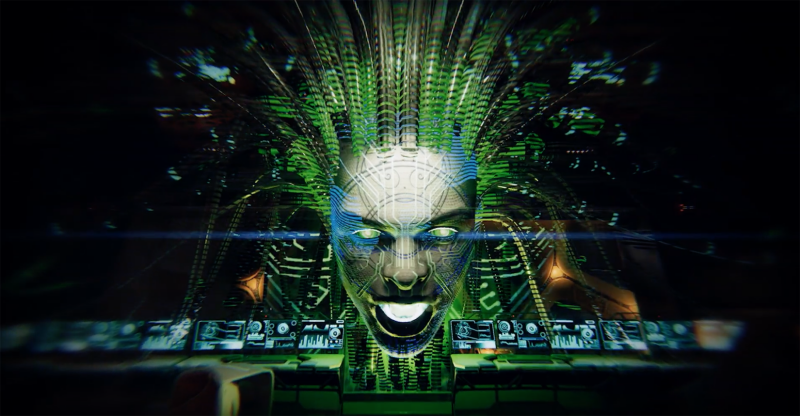
Virtual Reality and Horror How System Shock Redefined the Genre
Virtual Reality (VR) has transformed gaming in profound ways, melding immersive environments with interactive storytelling. One of the most significant strides in this evolution has been in the horror genre, where the stakes and scares are amplified through a first-person perspective. Among the notable titles that have explored the depths of horror within the realm of VR is the legendary "System Shock." Originally released in 1994, System Shock not only introduced players to a dystopian future but redefined what it meant to experience horror in a digital landscape.
The Origins of System Shock
Developed by Looking Glass Technologies, System Shock was revolutionary for its time, blending RPG elements with a complex narrative and a fully realized 3D environment. Set aboard a space station called Citadel, players assume the role of a hacker attempting to thwart a malevolent AI named SHODAN. What made System Shock particularly harrowing was its ability to evoke feelings of isolation and dread. The eerie atmosphere, combined with clunky audio cues and unexpected encounters, engaged players in a way that few titles had achieved previously. The combination of innovative gameplay and an unsettling narrative established a new standard for horror in video games.
The Transition Into Virtual Reality
With the advancement of technology, the essence of System Shock has seen a revival through Virtual Reality. The ability to truly immerse oneself within the haunting corridors of Citadel Station takes horror to unprecedented heights. VR's capacity to engage players in a first-person perspective allows for an unparalleled sense of presence. Every flicker of the lights, every distant sound reverberating through the air, and every sudden appearance of an enemy becomes genuinely terrifying. The player is no longer merely observing horror unfold; they are an active participant in the nightmare.
Redefining Horror Through Interaction
What distinguishes System Shock in both its original and VR reincarnation is its emphasis on player interaction. In VR, players have the ability to manipulate objects, hack terminals, and even engage in stealth mechanics that heighten the tension. The fear is not just rooted in unknown threats but in the vulnerability created by direct agency. Each encounter feels more personal and visceral, forcing players to confront their instincts and reactions in real-time. The psychological horror that System Shock evokes is enhanced by these mechanics, as the balance between survival and confrontation distorts the familiar notion of safety in gaming.
System Shock shop and its Role in the Genre
The revitalization of System Shock has also led to the launch of a digital "System Shock shop," where gamers can engage further with the universe. This shop allows fans to explore merchandise and lore while contributing to the community surrounding the game. From collectibles related to SHODAN and artistic renditions of the game’s iconic settings, the System Shock shop emphasizes the enduring impact of the franchise. It’s a space where enthusiasts can celebrate their love for the game while simultaneously fostering a new generation of horror gamers just beginning to explore the depths of VR.
The Future of Horror in VR
As technology continues to improve, the fusion of Virtual Reality with horror will likely deepen, further pushing boundaries established by classics like System Shock. It prompts an evolution in how stories are told and experienced, allowing for deeper emotional resonances and player involvement. The franchise’s legacy stands as a testament to how VR can redefine genres, enhance narrative experiences, and elevate the horror ambiance. Whether through the lens of nostalgia or fresh discoveries, System Shock remains a beacon of inspiration in the ever-expanding universe of horror gaming.
.png)